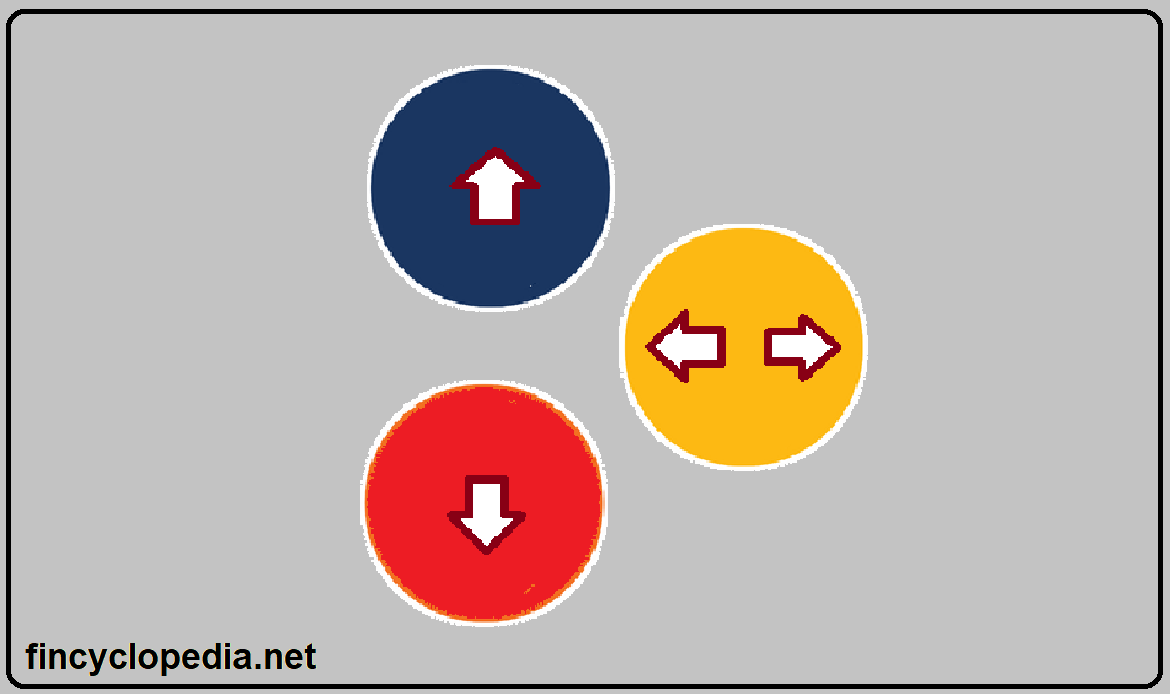Book value (BV) is the historical cost of an entity’s assets (total assets) minus its liabilities (total liabilities) (hence it is called the book value of a company). It is the amount of its owners’ equity reported on its statement of financial position (balance sheet). However, this value doesn’t give an indication of its market value. The book value (or carrying value at inception or entry) of an asset (particularly a depreciable asset) is its original cost adjusted (netted off) against its respective accumulated depreciation since the date of acquirement.
Carrying value (or carrying amount) is the amount/ value at which an asset is recognized after deducting any accumulated depreciation (for physical assets) / amortization (for financial assets), and related, accumulated impairment losses, since it was acquired and recognized in the books of a business (firm).
Carrying value= original value of asset – accumulated depreciation – impairment losses
An asset is said to be impaired if its carrying value exceeds its recoverable amount (which is, by definition, the higher of the fair value less costs to sell and the value in use). For a liability, it is also the recorded amount of a liability.
The book value involves the recognition of an asset’s value based upon its original historical cost in the books of an entity minus depreciation (or broadly any relevant adjustments). Carrying value considers the value of an asset (or broadly, an item) over its useful life (or holding period, etc.) taking into consider other period-specific adjustments. Its calculation involves making specific adjustments (such as, depreciation, amortization, etc.)
In many contexts, the terms carrying value and book value are used interchangeably. However, there is a thin dividing line between the two concepts. The term “carrying value” refers to the value of an item (net of any relevant time- or period-specific adjustments) that is carried over, from year to year, or period to period, to the end of its life, whereas the term “book value” reflects the purchase/ acquisition cost of an item that is recorded and recognized in the entity’s books or balance sheet less accumulated depreciation.
Carrying value and book value may be used by different entities, in different contexts, to refer essentially to the same creature: the value of an asset (item) or even an entity (venture). Carrying value implies that the original value of an item is carried over from its original entry value and adjusted with specific deductions to reflect a new value carried in the entity’s books. The term “book value” is used as a reference to its origination in the accounting books at a specific period of time, rather than as a reflection of market valuation.






